These Are The Most Eco-Friendly Forms Of Hair Removal
Ever wondered whether hair removal is bad for the planet?
At Gritty Pretty, we’re all for every individual embracing their individuality—hair everywhere, none at all or somewhere in between. But if you’re on the hunt for a hair removal technique with less waste and environmental impact, then look no further.
One of the biggest problems with hair removal methods is their short term use, think individual wax strips that go straight in the bin (read: landfill) and plastic razors that offer a lousy shave and only last a couple of goes.
On the other hand is hair removal creams, which might seem an eco-friendly alternative. But the issue with these creams is that not only do they come in plastic tubes which are difficult to recycle but some of the chemical ingredients (talc, ammonia, calcium hydroxide) required to remove hair can also be very problematic. Here are three alternatives that are better for you and the planet.
Safety Razors
Did you know that every single plastic razor that you or I have ever used still exists somewhere on this planet and will take between 300-400 years to break down? On top of that the Environmental Protection Agency estimates that around two million razors are thrown away each year in America alone. Ditch plastic and make the switch to a reusable safety razor. Safety razors are nothing new—ask your Nan, it’s probably what she used before good ol’ plastic fantastic came along.
Made from chrome and stainless steel each razor will last literally a lifetime, you’ll just need to replace the blades, which will set you back 29 cents each and each blade can be recycled in your kerbside bin. There is nothing to be afraid of, not only is it a more environmentally friendly option, safety razors also offer a far closer shave and decrease the likelihood of pesky ingrown hairs.
We recommend trying these:
Buy now: 29L Ladies Safety Razor (4 Colours) $42.95 from Banish
Buy now: Ritology Smooth Operator Razor $113 from Ritology
Threading
Threading dates back to India and the Middle East thousands of years ago but has had a resurgence in recent years. It is relatively cost-effective and time efficient, the average eyebrow thread will cost between $12-$30 and takes 5-15 minutes and better yet gets a big tick from Mother Earth. As the name suggests, threading uses nothing but a soft cotton thread which the practitioner twists between their fingers and teeth to individually pluck hairs with great precision. The results? Clean lines with no chemicals and waste as the thread can be composted. Threading is also great for those with sensitive skin as no chemicals are used whatsoever, nothing is applied directly to the skin and it is nowhere near as painful as waxing.
Common areas to get threaded are eyebrows, upper lip, chin, neck and even full face but you won’t be able to book in for a “full leg thread.”
Find a threading salon here.
Sugaring
Another ancient practice experiencing a comeback is the art of sugaring which can be traced back to the ancient Greeks and Egyptians in 1900 BC. It’s easy to understand why sugaring is growing in popularity as it doesn’t require any chemicals, wax strips or waste, is super effective and less painful than other methods like waxing.
Like the name suggests, sugaring uses a paste which is generally made from lemon, sugar and water, which is then spread onto the area where it dries and clings to your hair, then wham the paste is pulled off in the direction of hair growth; removing hair from the bulb of its roots, leaving smooth, supple skin. Similar to plucking, it will eventually result in less hair growth over time and is great for curly, fine hairs that often become ingrown. Sugaring lasts 4-6 weeks depending on your hair growth and you’ll need to ensure there’s enough hair for it to cling onto before your next treatment—around 0.5-1cm.
You can buy DIY sugaring kits online but the experts recommend that you leave it to them for the first couple of turns. Find your local sugaring beautician here.
Photographed by Viacheslav Lakobchuk for Adobe Stock
These Are The Most Eco-Friendly Forms Of Hair Removal
Ever wondered whether hair removal is bad for the planet?
At Gritty Pretty, we’re all for every individual embracing their individuality—hair everywhere, none at all or somewhere in between. But if you’re on the hunt for a hair removal technique with less waste and environmental impact, then look no further.
One of the biggest problems with hair removal methods is their short term use, think individual wax strips that go straight in the bin (read: landfill) and plastic razors that offer a lousy shave and only last a couple of goes.
On the other hand is hair removal creams, which might seem an eco-friendly alternative. But the issue with these creams is that not only do they come in plastic tubes which are difficult to recycle but some of the chemical ingredients (talc, ammonia, calcium hydroxide) required to remove hair can also be very problematic. Here are three alternatives that are better for you and the planet.
Safety Razors
Did you know that every single plastic razor that you or I have ever used still exists somewhere on this planet and will take between 300-400 years to break down? On top of that the Environmental Protection Agency estimates that around two million razors are thrown away each year in America alone. Ditch plastic and make the switch to a reusable safety razor. Safety razors are nothing new—ask your Nan, it’s probably what she used before good ol’ plastic fantastic came along.
Made from chrome and stainless steel each razor will last literally a lifetime, you’ll just need to replace the blades, which will set you back 29 cents each and each blade can be recycled in your kerbside bin. There is nothing to be afraid of, not only is it a more environmentally friendly option, safety razors also offer a far closer shave and decrease the likelihood of pesky ingrown hairs.
We recommend trying these:
Buy now: 29L Ladies Safety Razor (4 Colours) $42.95 from Banish
Buy now: Ritology Smooth Operator Razor $113 from Ritology
Threading
Threading dates back to India and the Middle East thousands of years ago but has had a resurgence in recent years. It is relatively cost-effective and time efficient, the average eyebrow thread will cost between $12-$30 and takes 5-15 minutes and better yet gets a big tick from Mother Earth. As the name suggests, threading uses nothing but a soft cotton thread which the practitioner twists between their fingers and teeth to individually pluck hairs with great precision. The results? Clean lines with no chemicals and waste as the thread can be composted. Threading is also great for those with sensitive skin as no chemicals are used whatsoever, nothing is applied directly to the skin and it is nowhere near as painful as waxing.
Common areas to get threaded are eyebrows, upper lip, chin, neck and even full face but you won’t be able to book in for a “full leg thread.”
Find a threading salon here.
Sugaring
Another ancient practice experiencing a comeback is the art of sugaring which can be traced back to the ancient Greeks and Egyptians in 1900 BC. It’s easy to understand why sugaring is growing in popularity as it doesn’t require any chemicals, wax strips or waste, is super effective and less painful than other methods like waxing.
Like the name suggests, sugaring uses a paste which is generally made from lemon, sugar and water, which is then spread onto the area where it dries and clings to your hair, then wham the paste is pulled off in the direction of hair growth; removing hair from the bulb of its roots, leaving smooth, supple skin. Similar to plucking, it will eventually result in less hair growth over time and is great for curly, fine hairs that often become ingrown. Sugaring lasts 4-6 weeks depending on your hair growth and you’ll need to ensure there’s enough hair for it to cling onto before your next treatment—around 0.5-1cm.
You can buy DIY sugaring kits online but the experts recommend that you leave it to them for the first couple of turns. Find your local sugaring beautician here.
Photographed by Viacheslav Lakobchuk for Adobe Stock


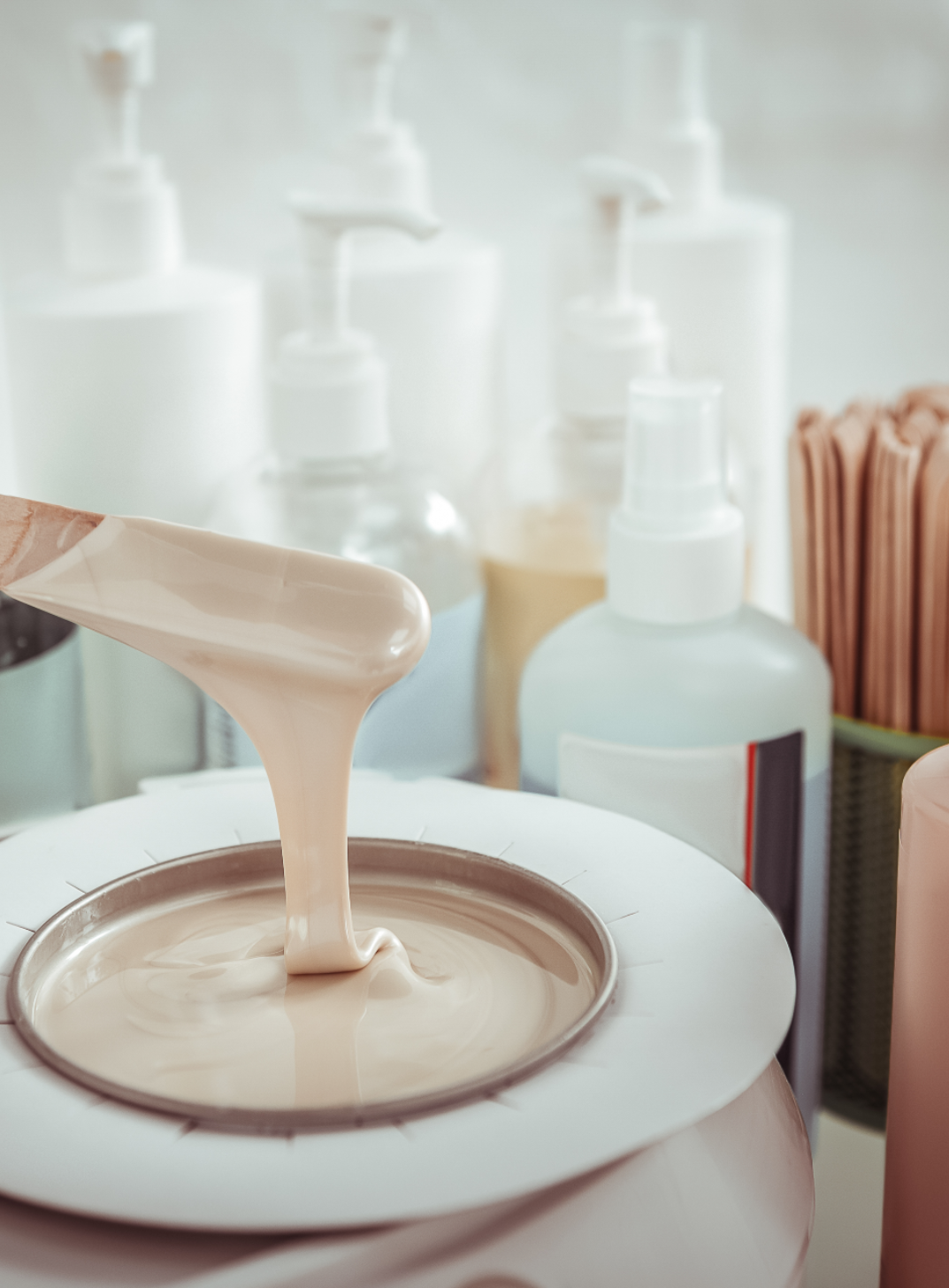
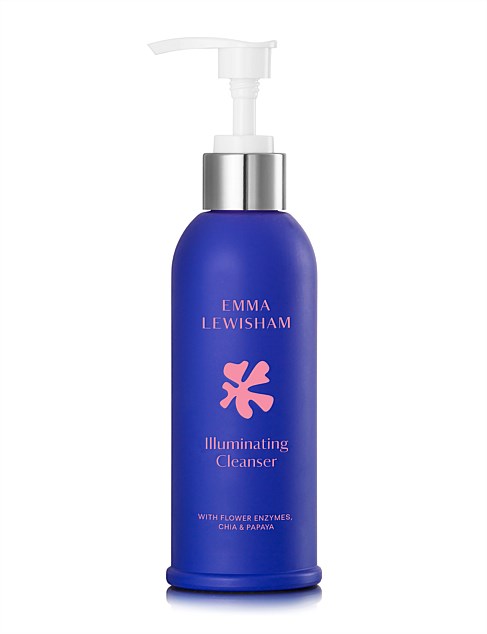

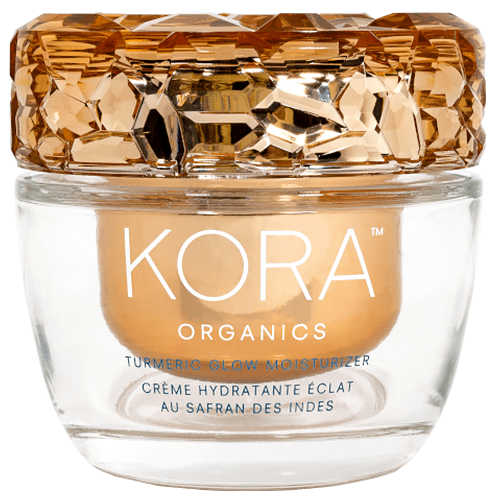
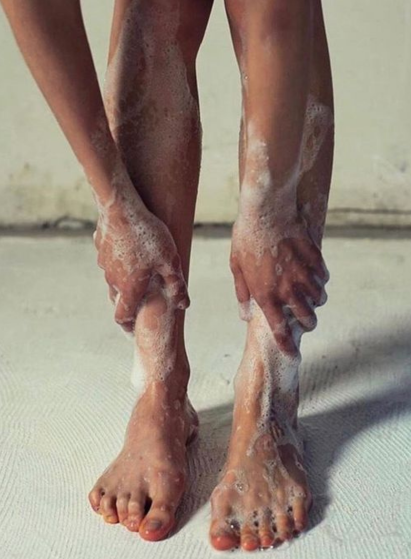
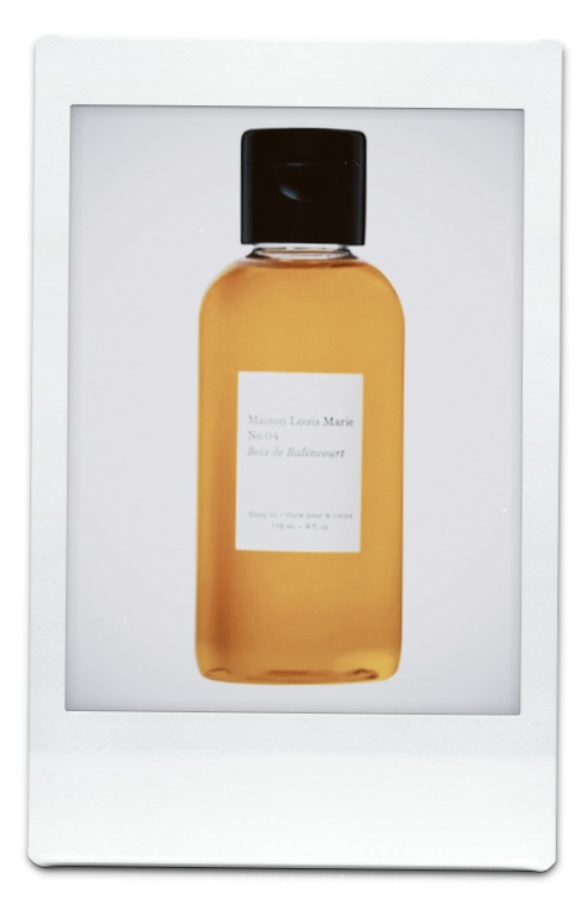
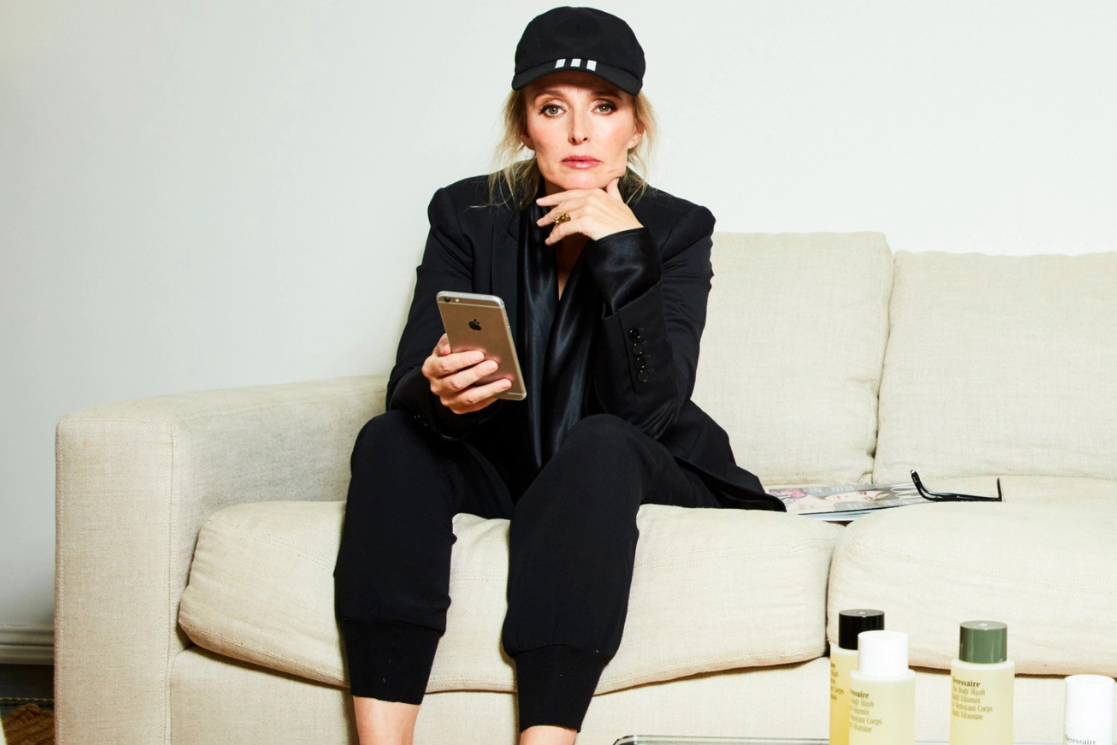
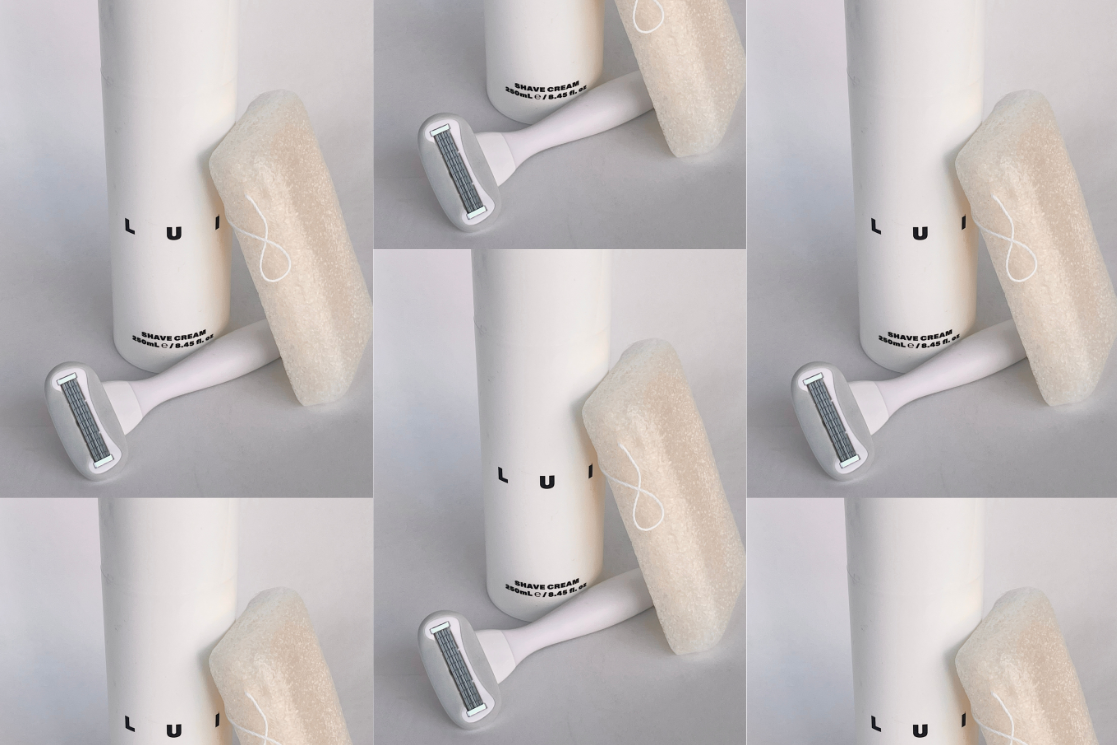


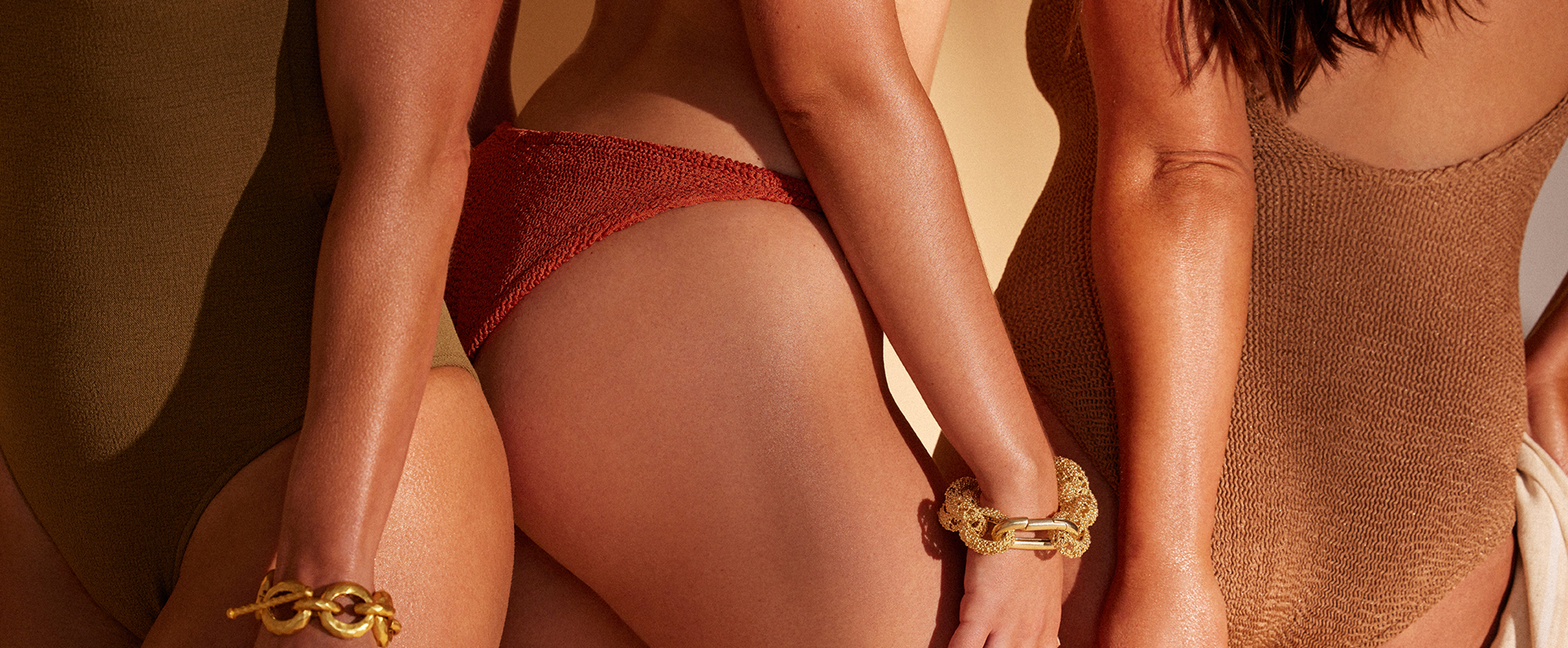

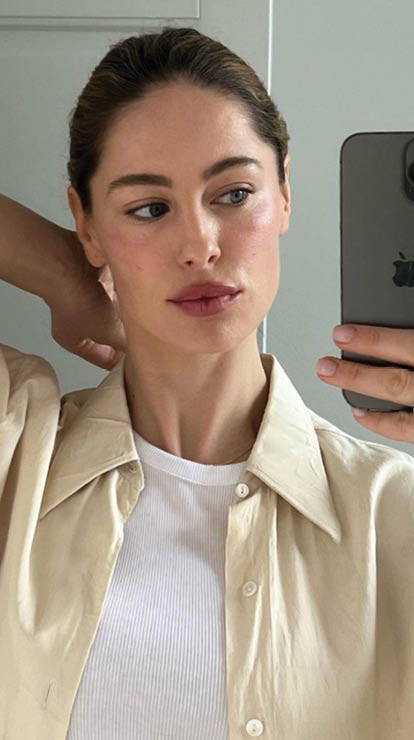
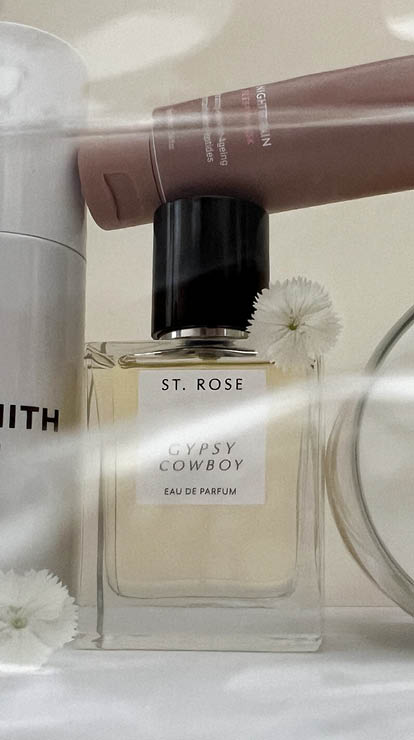
Comments